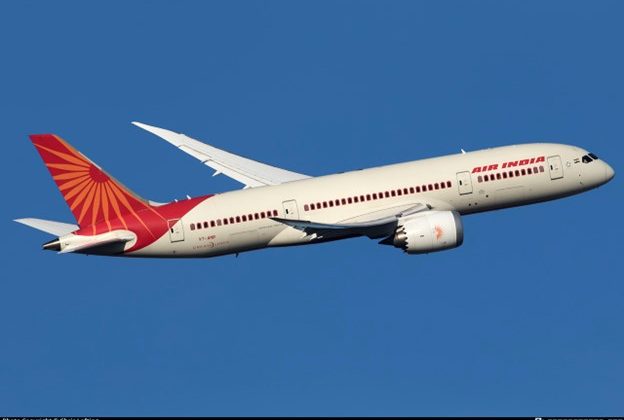
In an era where jet-setting across continents has become a routine affair for millions, the intricate financial ecosystem supporting the aviation industry remains a compelling yet enigmatic aspect. Beyond the allure of travel and the marvel of flight, lies a complex web of economics that fuels the operations of airlines worldwide.
Unraveling the Revenue Streams

At the heart of an airline’s profitability are multifaceted revenue streams. Ticket sales represent the most visible source, where dynamic pricing algorithms meticulously adjust fares based on demand, seasonality, and factors like fuel costs. Beyond this, supplementary income sources contribute significantly to their bottom line. From ancillary services such as baggage fees, in-flight purchases, premium seat selections, to partnerships with hotels, car rental agencies, and credit card companies, airlines diversify their revenue portfolio.
Operational Cost Dynamics
The aviation sector is uniquely susceptible to volatile operating costs, with fuel prices historically serving as a primary determinant. To mitigate this, airlines often engage in fuel hedging strategies, securing fuel at fixed prices to cushion against market fluctuations. Other substantial expenses include maintenance, labor, aircraft leasing or purchase, airport fees, and compliance with stringent safety regulations.
Maximizing Efficiency and Optimization
Efficiency is the cornerstone of profitability in this high-stakes industry. Airlines meticulously optimize routes, fleet utilization, and seating capacity to enhance operational efficiency and reduce costs. The introduction of modern, fuel-efficient aircraft, like the Boeing 787 Dreamliner or Airbus A350, aids in lowering fuel consumption, further bolstering profitability.
Navigating Unforeseen Challenges
The aviation sector is highly susceptible to external shocks, as evidenced by the global pandemic. The COVID-19 crisis wreaked havoc, grounding fleets, decimating demand, and incurring unprecedented losses. To survive, airlines implemented drastic measures, from laying off staff to negotiating government bailouts and pivoting to cargo operations.
Balancing Growth and Sustainability
The quest for expansion and profitability must harmonize with environmental sustainability. Airlines are under mounting pressure to adopt greener practices, exploring biofuels, investing in more eco-friendly fleets, and offsetting carbon emissions through various initiatives.
Conclusion
The economics of flight present a fascinating interplay between revenue generation, cost management, technological innovation, and unforeseen challenges. For airlines, navigating this intricate web requires a delicate balance of adaptability, strategic foresight, and a commitment to meeting the evolving demands of passengers while staying afloat in a volatile and competitive market.
In this volatile industry where every takeoff and landing represents a financial transaction, the story of how airlines make money continues to be an evolving narrative, shaped by market forces, technological advancements, and the unpredictable nature of global events.










